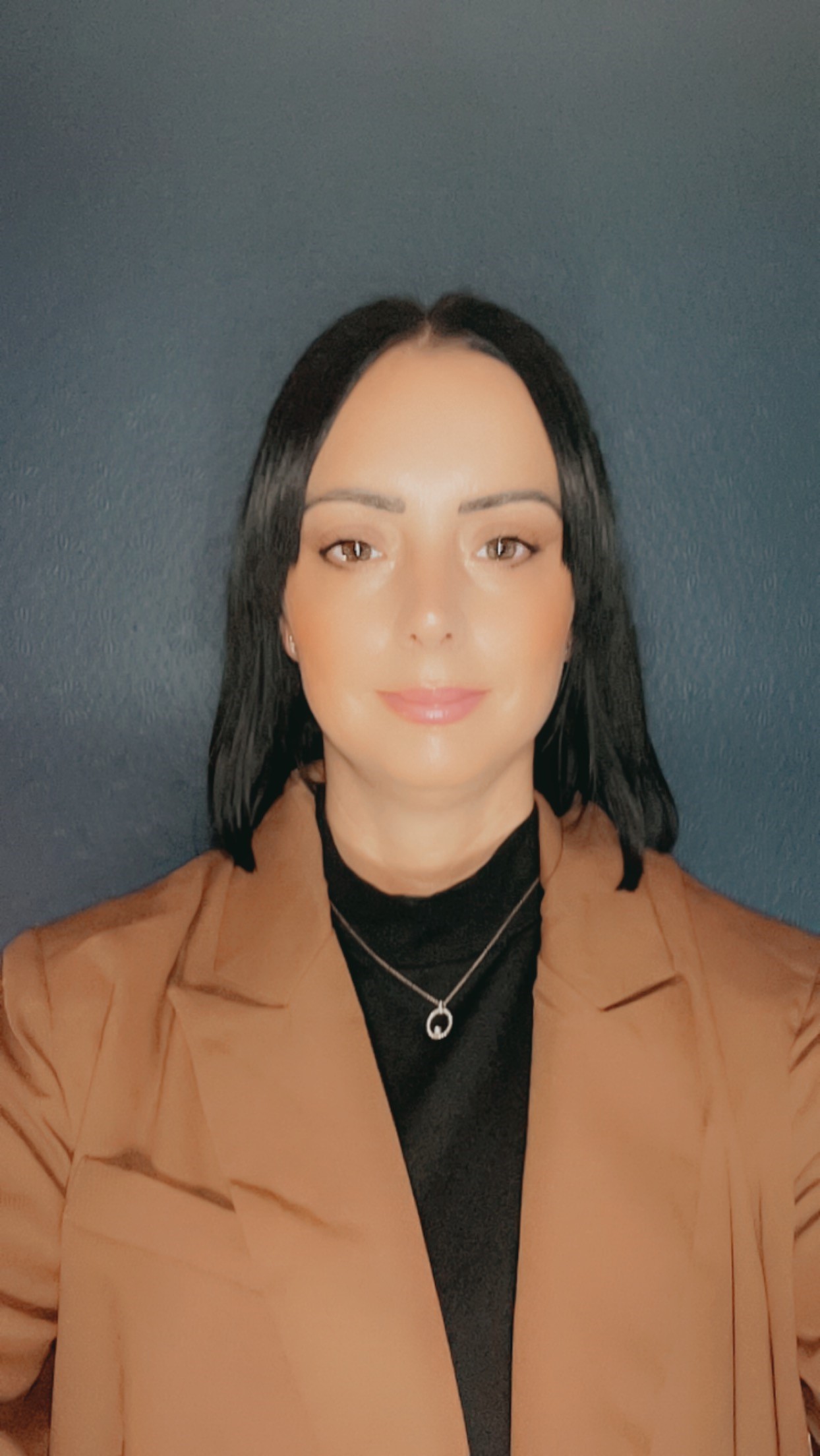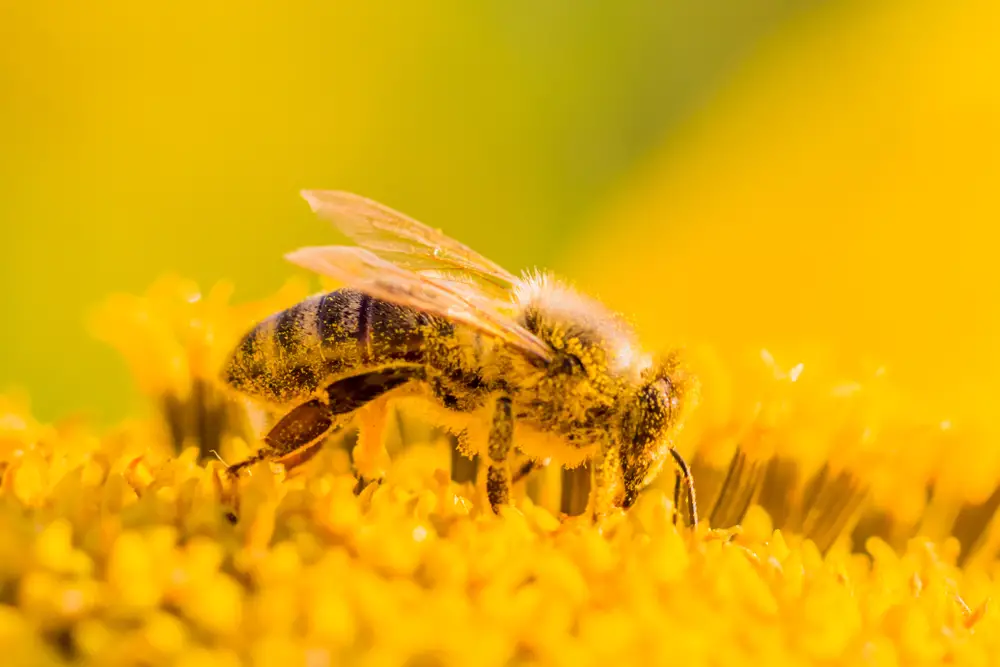Nature has many wonders, and how plants reproduce is one of them. You’ve probably heard of pollen and the fact many people are allergic to it. But just what is pollen, and why is it essential?
Pollen is a powdery, yellow substance plants produce to reproduce. A plant’s male parts make it, and a pollinator transfers it to another plant’s female parts, fertilizing it. Pollen affects crops, wildflowers, wildlife populations, and the economy too.
What Is Pollen?
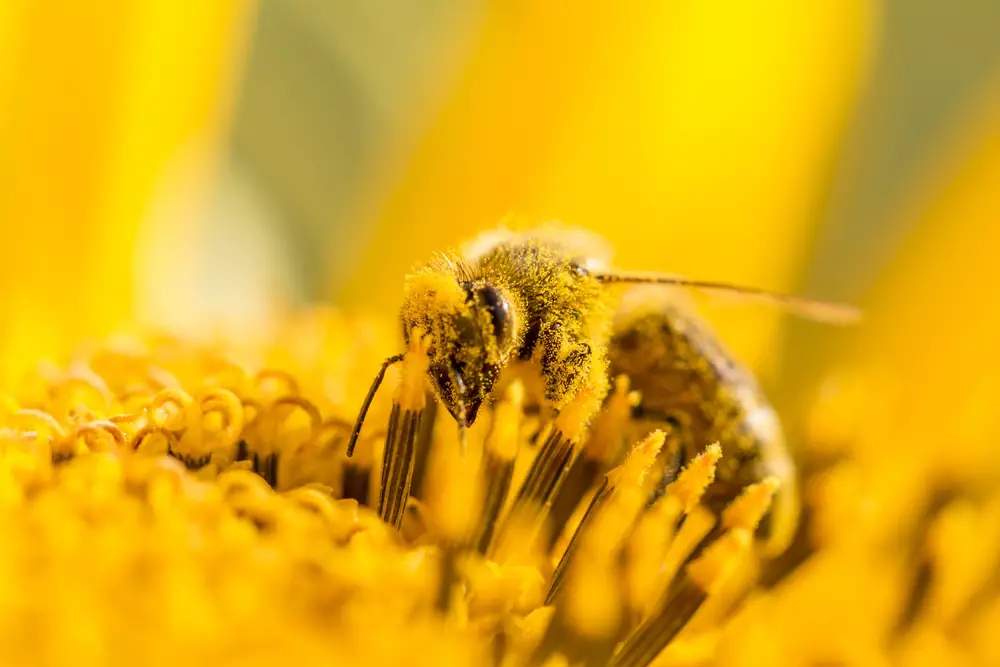
Plants produce pollen. It’s a powdery substance that’s typically yellow. While it may look like a powdery mess to the naked eye, pollen comes in tiny grains, scientifically known as microgametophytes.
Are There Different Types Of Pollen?
With more than 360,000 species of flowering plants in the world, it will come as no surprise there is more than one type of pollen.
Flowering trees such as birch, oak, hazel, yew, and others produce tree pollen. These trees are among some of the first to start producing pollen and may begin releasing it around January. That said, most species produce pollen from early spring and can continue doing so until around June.
Weed pollen is one of the most irritating pollen types for people who suffer from pollen allergies (more on that later) because it’s so hard to get rid of. Plants like ragweed, dock, and mudwort are all very persistent and produce a lot of pollen during the late summer and early fall.
The final type of pollen is grass pollen, including Kentucky, rye, and Bermuda grasses. In the southern parts of North America, grass species may produce pollen all year round. In the north, it’s more common in spring and summer.
What Makes Pollen?
Most plants make pollen. For the most part, a flowering plant (a plant with flowers) has male parts (the stamen) and female parts (the stigma).
Stamen, made up of anthers and stalks, produce pollen. Inside the anther, there are four pollen sacs. These sacs make pollen, and each pollen grain contains two male gametes (reproductive cells).
Once the pollen is mature, the anther will split open, allowing a pollinator to transfer the pollen to other plants’ stigmas.
What Are Pollinators?
A pollinator is any insect or animal that interacts with pollen, accidentally transferring it from the flower of one plant to another. In other words, pollinators are a big part of pollination.
There are many kinds of pollinators as well. In the insect world, bees, butterflies, moths, beetles, and even wasps collect pollen and transport it between flowers.
Several species of birds also act as pollinators. The hummingbird is the most well-known, using its long bill to extract nectar from flowers (the main part of its diet). During this process, it gets covered in pollen grains, which it then transfers to the next flower. Orioles and honeycreepers are also common bird pollinators.
Not all flowering plants bloom during the day, though. Nighttime species like bats will feed on the nectar from nocturnal bell-shaped flowers. As they do this, they incidentally pollinate in a process called chiropterophily (bat pollination).
Several mammals also interact with pollen and act as pollinators. These include several species of lemur, flying foxes, and the honey possum. The elephant shrew is a well-known pollinator too, and it feeds on the nectar of the pagoda lily, getting covered in pollen as it uses its long tongue to eat.
Wind and rain can also aid in the process of pollination. They blow and wash pollen from one plant to another. However, this type of pollination isn’t as successful as those involving insects and animals.
What Is Self-Pollination?
Self-pollination is also a possibility. Fewer plants self-pollinate, but in this process, they transfer pollen between their male and female parts themselves.
Self-Pollination Vs Cross-Pollination
Pollination can happen in one of two ways: self-pollination or cross-pollination.
Self-pollination occurs when the pollen transfers from the male part of a plant to the female part of the same plant with no outside help. Some crop species are self-pollinating, including broccoli, onions, carrots, and cauliflower.
This phenomenon occurs when the male and female parts of the plant mature at the same time. These parts are also positioned so that the pollen falls directly onto the stigma from the stamen.
But these plants are few and far between. Most species cross-pollinate, meaning the pollen must transfer from one plant to another. For this, they need the help of an outside source, such as animals and insects.
Understanding What Pollen Does And Why It’s Essential
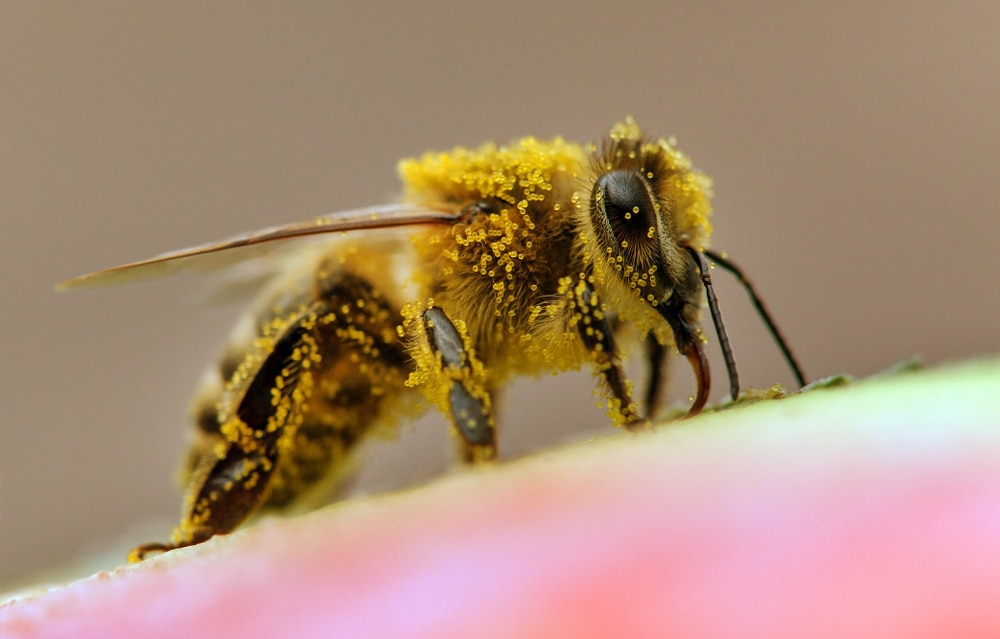
Pollen makes plant reproduction possible. Without pollen, many plants would struggle or die entirely. This would reduce wildflower and crop numbers, affecting animals and humans alike.
Let’s start with pollen’s effect on crops.
Pollen Affects Crops

Many crops rely on pollination, including cucumbers, melons, sunflowers, avocados, celery, coriander, and a massive array of fruit trees. Every one in three bites of the food you eat results from pollen being carried from plant to plant by insects like bees.
It Affects Wildflowers
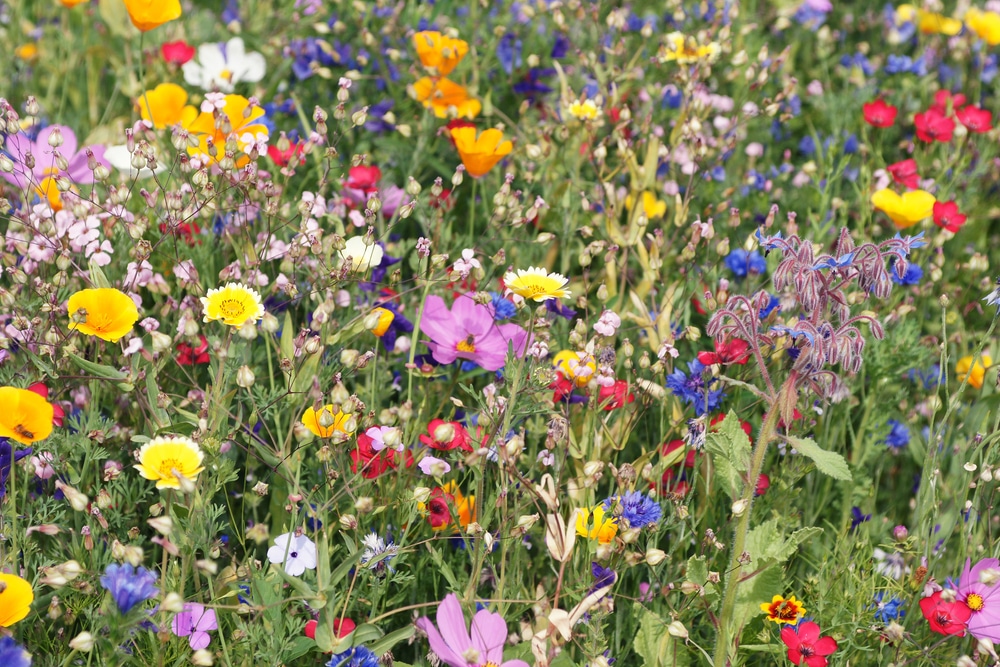
Many wildflowers require pollinators to reproduce. Wildflowers provide food for various insect and animal species, and we can use them as ingredients in medicine and more.
In short, fewer pollinators means fewer wildflowers, which strains many aspects of our world.
It Affects Wildlife
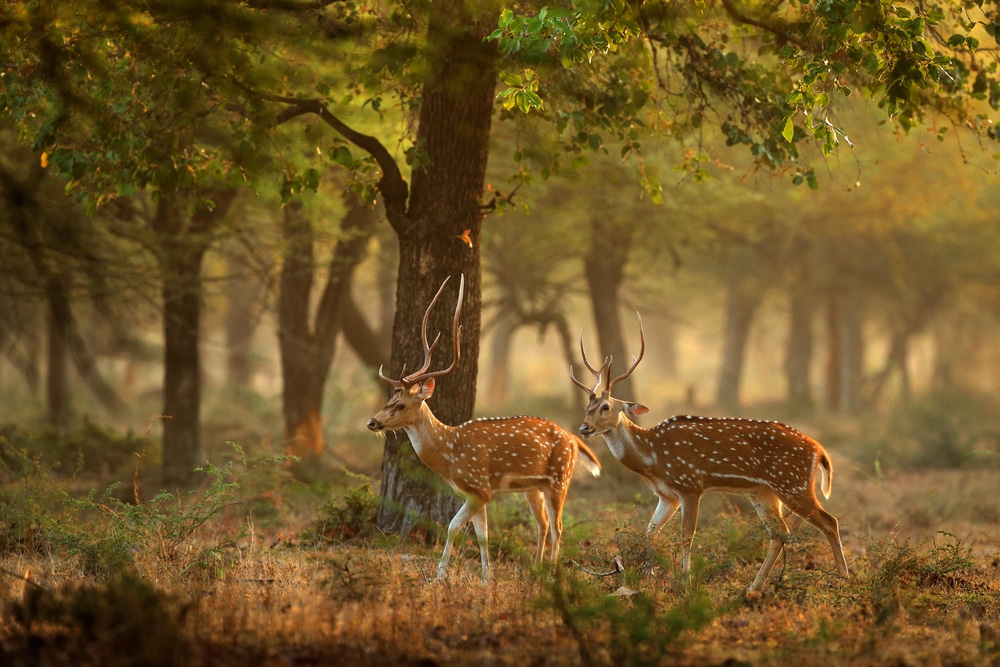
The food chain starts with plants and continues until it reaches apex predators (lions, whales, humans, etc.). Without pollen, the food chain would suffer because plant life would suffer.
In more detail, a decrease in pollen would mean a reduction of available nectar for insects such as bees and butterflies. Their populations would decrease, meaning they transfer less pollen from plant to plant, and the animals that eat those insects also have fewer food options. The animals that eat those animals would have fewer food options as well, and so on and so on.
Pollen Affects The Economy
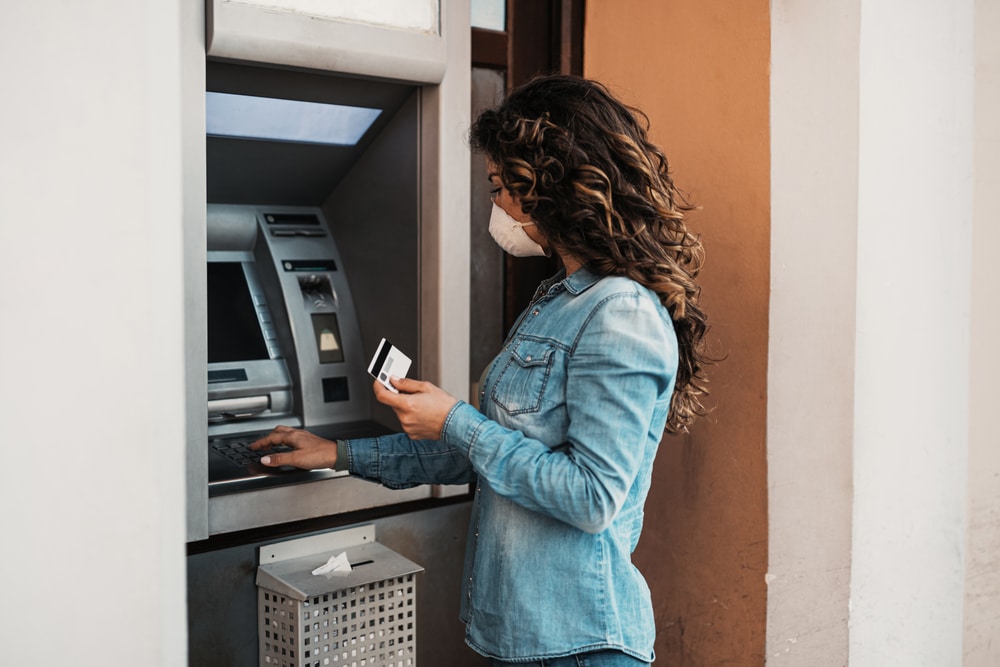
The economy would take a serious hit without pollen. It’s reported that the pollination of crops generates up to 7 billion (USD) annually. Just think of the job and financial loss a world without pollen would create!
Additional Facts To Know About Pollen
There’s so much more to pollen than one might initially imagine. While I’ve covered most of the critical information, here are some additional fun facts about pollen.
It Comes In Different Colors
Most pollen is yellow, as many pollinators see this more easily. However, some plants produce red, purple, or even white pollen, which birds can easily see.
Spiders Collect It
Spiders collect pollen and feed it to their young, but scientists are still trying to figure out how this works, as the mouths of the spiderlings appear to be too small to eat a single grain.
Pollen Has Work To Do After Reaching The Female Part Of A Plant
When pollen is transferred to the female part of the plant, the grains must create a tunnel to enter the plant, a journey that could take between two days and several months.
We Can’t See Pollen With Just Our Eyes
Pollen grains are so tiny that a single one would be almost impossible to see with the naked eye. The only reason we can usually see pollen is because many grains are gathered together.
You Can Buy Pollen
Bee pollen usually comes in powder form, and you can purchase it from health stores as well as online. Always buy your pollen from a reliable, ethical source so you know it is pure and natural.
You Can Eat Pollen
It is perfectly acceptable to eat pollen, and it’s a common topping on foods like yogurt, salads, and cereals.
Pollen is an excellent choice for this because it’s packed with healthy nutrients and over 200 substances. These include amino acids, folic acid, and Vitamins A, D, and E.
That said, ensuring you don’t have an allergy to pollen is vital. I have a pollen allergy, and I once suffered a very nasty reaction to tree pollen left behind on a lemon. Without thinking, I sliced the lemon and put it into a glass of water. Within minutes, my mouth started itching, my throat swelled, and I had difficulty breathing.
To avoid a reaction like this, washing fruit and vegetables before consuming is imperative, as well as avoiding eating pollen if you know you have an allergy. You’ll also want to get an allergy diagnosis from a doctor.
Pollen Has Medicinal Properties
Pollen is also an excellent natural medicine for many conditions.
For example, pollen has antioxidant properties. This means it fights free radicals in the body by preventing them or decomposing them. These effects reduce or prevent the damage free radicals cause to our bodies.
In addition, pollen is an anti-inflammatory and has been shown to reduce inflammation in studies on rats. Furthermore, additional research showed that mice with liver disease fed on a diet of bee pollen showed a reduction in inflammation.
Pollen is also a viable method of improving the health of your immune system. In a study conducted in 2010, the researchers demonstrated that the compounds within bee pollen can improve immune responses.
Pollen also has antimicrobial properties (meaning it prevents or kills microorganisms such as bacteria). Studies have shown that, when applied to burns, pollen sped up healing, killed microbes, and even aided in preventing future complications with the wound.
People Are Allergic To Pollen
Many people suffer from pollen allergies. We also call this hayfever. In most individuals, a pollen allergy causes symptoms like sneezing, itching, coughing, wheezing, watery eyes, and rashes.
While a pollen allergy is not a life-threatening condition (when handled appropriately), it can make day-to-day life pretty difficult. But you can take many over-the-counter medications (called antihistamines) to alleviate your symptoms.
For people with existing breathing conditions, hay fever can have additional complications, especially when pollen grains enter the lungs. However, most people can live normally by following a strict medication routine and taking advice from their doctor.
It’s also possible for animals like cats and dogs to be allergic to pollen.
How You Can Encourage Pollination
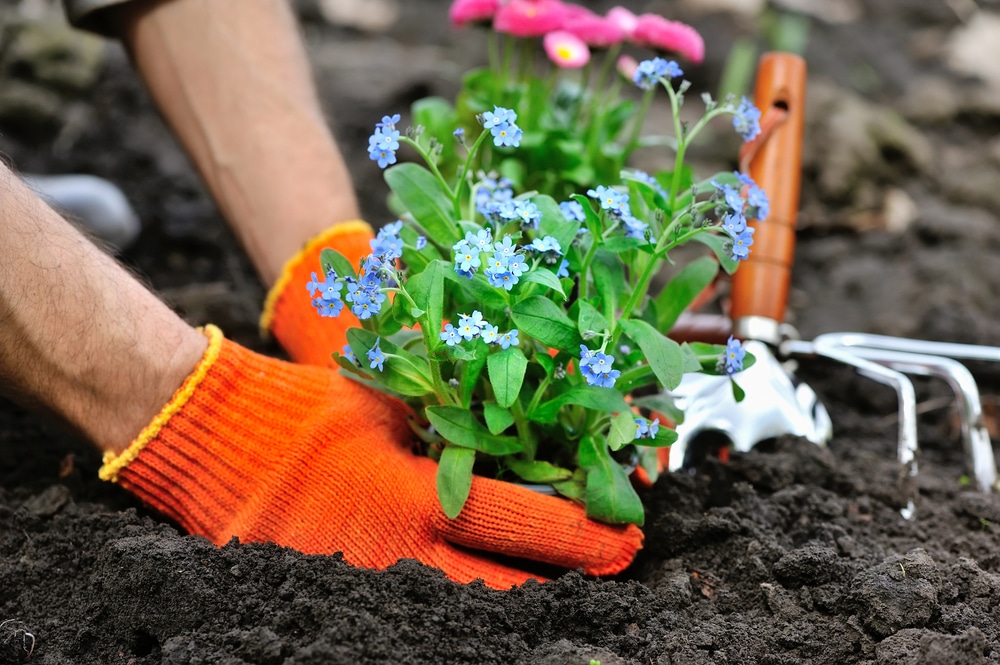
Many pollinators face serious threats such as habitat loss, fragmentation (loss of pieces of habitat resulting in smaller areas that are not connected), pesticides, and issues arising from climate change. This means humans must reverse course, help protect pollinators, and encourage pollination.
You can do this in your garden in many ways, but the effects will be much wider than just what you see on the back doorstep.
Here’s what you can do.
Plant Native Flowering Plants
Plant native flowering plants like honeysuckle, yarrow, chives, and lavender to attract pollinators to your garden.
The more native flowering plants you include in your garden, the more pollinators will appear.
Provide A Water Source For Pollinators
Fill a shallow dish with a few inches of soil or sand. Pour a few centimeters of water over the soil or sand, then set the dish on a level surface. Place items such as rocks in the dish for bees, beetles, and butterflies to land on as they drink.
Pollinate Plants Yourself
It’s possible to hand-pollinate your plants when natural pollination is unlikely to occur. You simply need to take one flower and open it up to reveal the pollen, then rub this directly onto another flower. You can also use a clean cotton swab to transfer pollen between flowers.
However, I recommend waiting until the plant is ready to pollinate. Most flowering plants naturally bloom in the morning, so you’ll do less damage following their natural process.
Hand pollination is something you can do with your house plants and those in your garden. But even if you own a commercial farm or other business, it’s still possible to use hand pollination where necessary. That said, hand pollination isn’t usually needed if you have a self-pollinating species.
Go Organic For Your Garden And Lawn Care
Avoid using pesticides and other chemicals in your gardens, as these can be fatal to pollinators. This is called going organic.
Hand-picking pests from your plants is incredibly effective, although it can be time-consuming. Alternatively, you might try spraying the pests with the hose to remove them from the plant. For members of the mollusk family, like snails and slugs, try popping some broken eggshells around your plants; this will be too difficult for them to move across and will prevent access to the plant.
Where weeds are concerned, I like to use boiling water instead of chemicals. If that fails, vinegar is an excellent product that saps all the life out of those pesky weeds; just be sure to avoid getting it on any plants you want to keep.
Install A Bat Box To Help Pollinate Night-Blooming Plants
If you have night-blooming plants in your garden, don’t forget that bats play an essential role in pollination. Installing a bat box in your garden is a great way to attract these flying mammals.
Buying a ready-made bat box usually costs around $50. For those with a flair for DIY, you can also make your own bat box.
Final Thoughts
If we want our pollen supply to continue, we all need to pitch in and help. Even taking one of the steps above can considerably impact pollen and pollination. This is even more true if all of us do it.
